Writing Teaching Resources
Teaching writing strategies and the writing process this school year? Explore a comprehensive collection of teacher resources for primary English teachers — all created by teachers!
Stocked with graphic organisers, writing prompts, templates, worksheets and so much more, this collection of printable and digital activities is designed to help you as you help your students become more effective communicators and unleash their creativity and imagination.
Save time on lesson planning with resources that are aligned with the Australian curriculum (including version 9!) and have been through a careful review process by an expert member of our teacher team to ensure they're ready for your classroom and your students!
Are you looking for tips and tricks to add to your teacher toolkit this school year? Read on for a primer from our teacher team, including engaging activities for teaching writing inprimary school and a look at some of the different writing strategies your students will need to learn.
11 Writing Strategies Kids Should Know by the End of Primary School
We can't talk about teaching kids to write without talking about the different writing strategies that can help them do just that!
When it comes to teaching our students to become confident writers who articulate their ideas effectively, here are some of the strategies our teacher team prioritises:
1. Brainstorming
Brainstorming is something we often do in the classroom, and it's a crucial part of learning to generate the ideas that will drive students' writing as they progress through their educational journey. Kids should know how to create a list of potential topics or points related to a particular writing assignment.
With younger students, this is often done as a whole group by writing ideas and points on chart paper. In upper years, students transition over to using text-based materials to generate ideas and talking points.
2. Outlining
Before diving directly into any assignment, our students should be able to create a structured framework or outline. Teaching students how to create this outline will help them organise their thoughts and arguments for penning their essays, reports and research papers.

3. Using Graphic Organisers
Technically graphic organisers are classroom tools, so you may not think of their use as a writing strategy per se. However, learning to use these tools is another means of providing kids with the tools they need to organize their ideas and information before they sit down to write.
These organisers are particularly useful for expository writing — students can use them to outline main ideas, supporting details, and transitions.
Students can also take advantage of story maps when they are working on narrative writing to plot the key elements of a story, such as characters, setting, conflict, rising action, climax and resolution.
Graphic organisers such as the OREO strategy and hamburger paragraph are also great tools for students to use when working with opinion and persuasive texts.
4. Freewriting
Writer's block is the enemy of creativity, and it can easily frustrate young students who don't know where to begin.
When students freewrite, they write continuously without worrying about grammar or punctuation. This writing strategy can be extremely freeing — hence the name! — and helps frustrated writers move past that writer's block, generating fresh ideas.

5. Peer Editing
Learning to review and provide constructive feedback on each other's work is a great writing strategy to employ in your classroom to help students improve their writing quality and enhance their editing skills.
The strategy allows your students to learn from one another, and it arms them with an important tool they can use well into the future — calling on peers to provide a critical eye to a piece of writing.
6. Using Sensory Language
Working on descriptive writing? With this writing strategy, students engage the reader's senses through vivid and sensory language to create a more immersive experience.
7. Including Transitions and Connectives
As students become more proficient in the writing process, learning to use transitional words and phrases allows them to create smooth transitions between sentences and paragraphs. This strategy makes their writing more coherent and polished.
8. Incorporating Evidence
In persuasive, opinion and expository writing, students are taught to support their claims with evidence and examples to strengthen their arguments.
It takes some practice to train your students to use evidence in their writing, so it's often a good idea to start with something simple, like the R.A.C.E.S. strategy.
9. Crafting a Thesis Statement
In expository, opinion and persuasive writing, crafting clear and concise thesis statements that summarise the main point or argument of their essay helps students be more focused and organised in their writing.
This strategy can also have the effect of empowering students to express their ideas confidently and persuasively.
10. Incorporating Introductions and Conclusions
With this strategy, students practice crafting effective introductions and conclusions that grab the reader's attention and leave a lasting impression.
11. Following a Revision Checklist
Teaching your students to use a revision checklist is a strategy that will help them be more self-reflective, evaluating their own writing against the checklist criteria and becoming more aware of their strengths and weaknesses.

- Free Plan
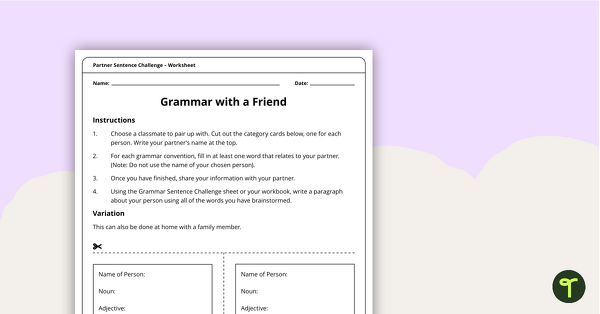
Partner Sentence Challenge Worksheet
A teaching resource to help students consolidate the students’ knowledge of grammar and brainstorm vocabulary for writing.
- Plus Plan
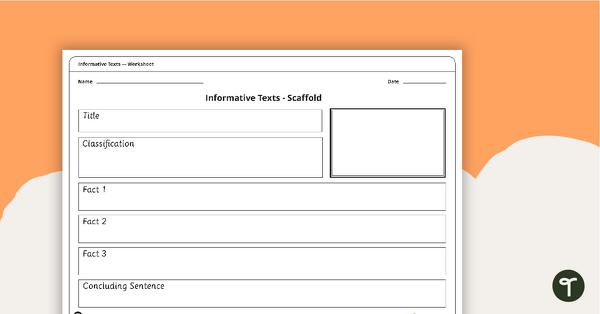
Simple Informative Texts - Writing Scaffold
A simple scaffolding worksheet to use when writing informative texts.
- Plus Plan
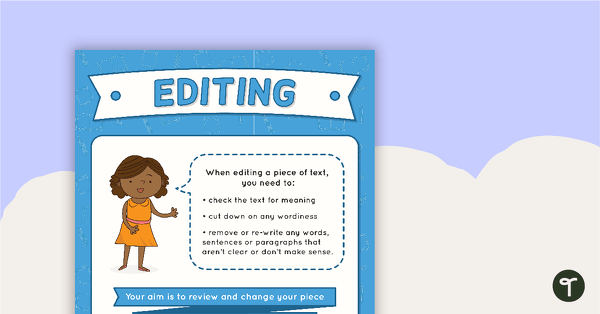
Editing and Revising Anchor Chart
Use this editing and revising anchor chart to remind your students of the steps involved in revising and editing their writing.
- Plus Plan
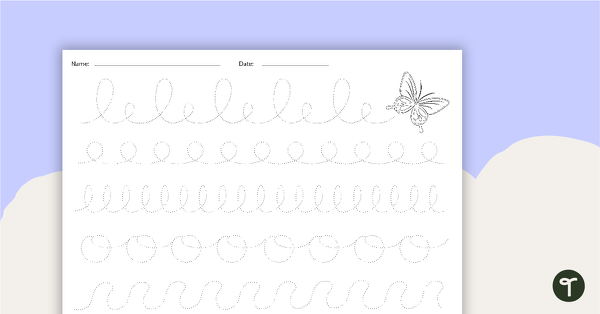
Pre-Handwriting Worksheets
A collection of 18 pre-handwriting skill sheets with a range of different techniques and themes.
- Plus Plan
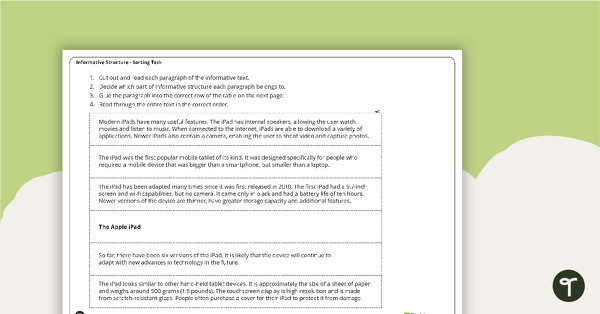
Information Report Structure Worksheet – The Apple iPad
Teach your students about information report structure with this cut-and-paste sequencing worksheet.
- Plus Plan
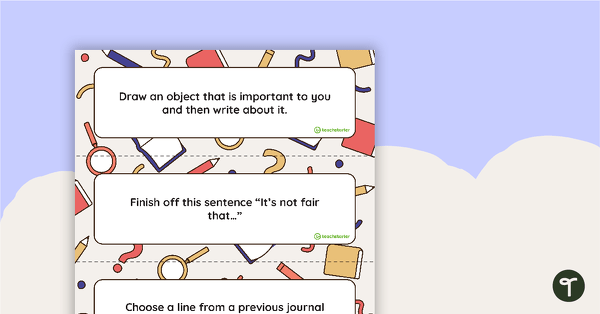
Writer's Notebook Writing Prompt Cards
46 writer's notebook journal writing prompt cards.
- Plus Plan
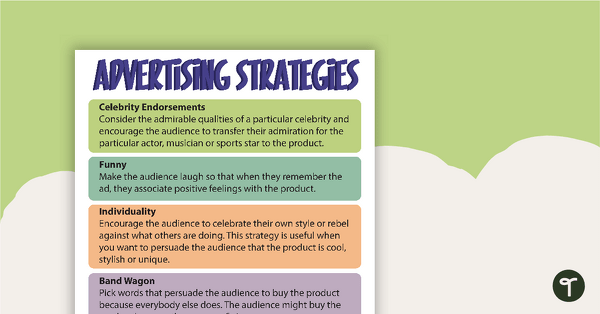
Healthy Lifestyle - Advertising Challenge
A fun advertising challenge to use in the classroom for students to persuade others to live a healthy lifestyle.
- Plus Plan
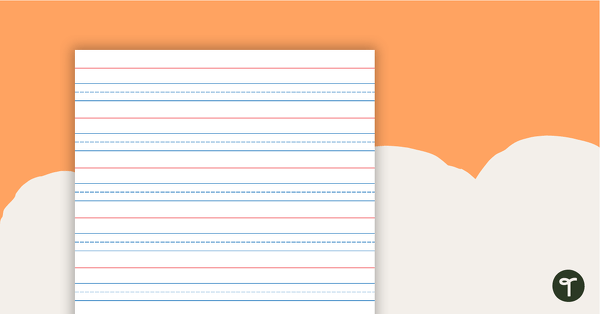
Handwriting Paper with Dotted Blue Line - Portrait
Use this Handwriting Paper to help students to write with their neatest handwriting.
- Plus Plan
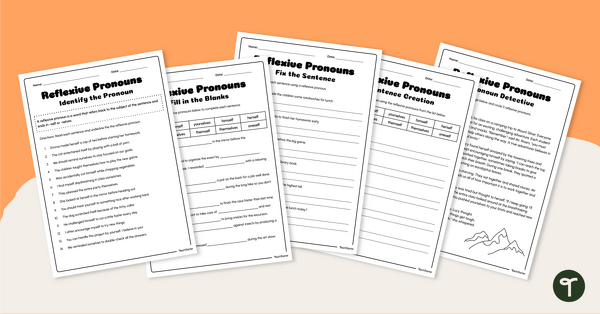
Reflexive Pronouns Worksheet Pack
Use this reflexive pronouns worksheet pack to get your students identifying and using these essential parts of speech.
- Plus Plan
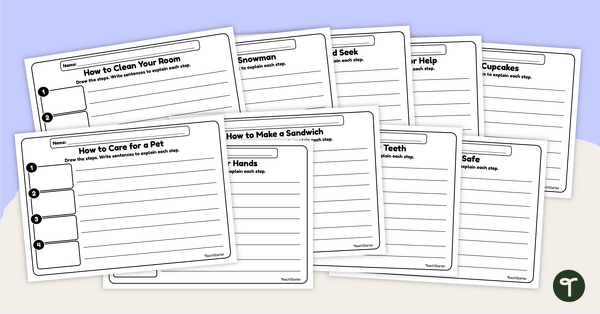
"How To" Procedural Writing Prompt Worksheets
Help your little learners write a procedural text using these handy "How to" writing prompt worksheets.
- Plus Plan
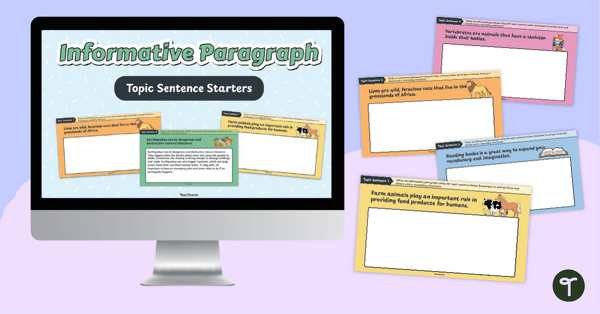
Informative Paragraph Topic Sentence Starters - Interactive Slides
Build your students’ writing skills with a set of digital informative paragraph writing prompts.
- Free Plan
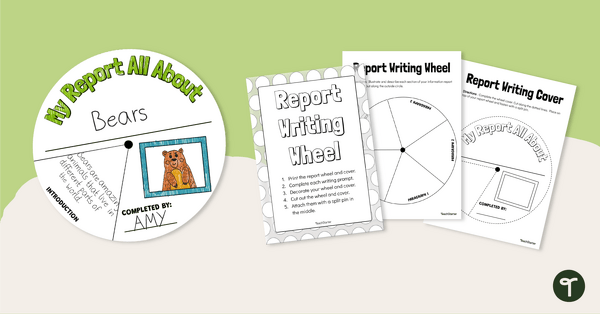
Information Report Wheel Template
Put away those information report worksheets and replace them with this engaging wheel template!
- Plus Plan
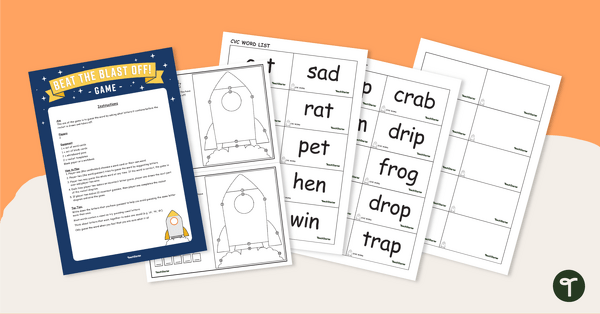
Beat the Blast Off! CVC, CVCC and CCVC Spelling Game
Use this collaborative partner game to familiarise your students with some of the most common CVC, CVCC and CCVC words.
- Plus Plan
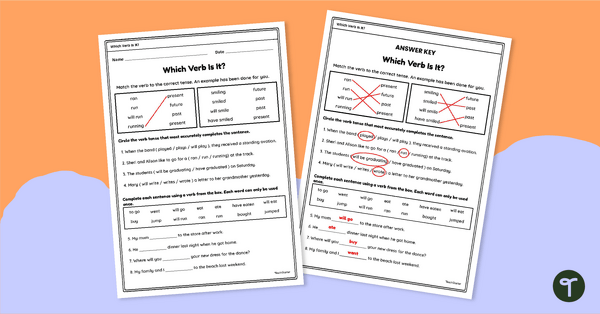
Which Verb Is It? Worksheet
Practise past, present, and future verb tenses with this easy to implement worksheet.
- Plus Plan
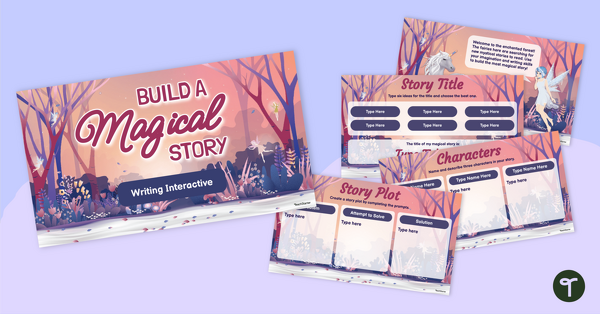
Build a Magical Story Interactive Activity
Use this “Build a Magical Story” narrative writing interactive activity to model the purpose, structural elements and language features of narrative texts.
- Free Plan
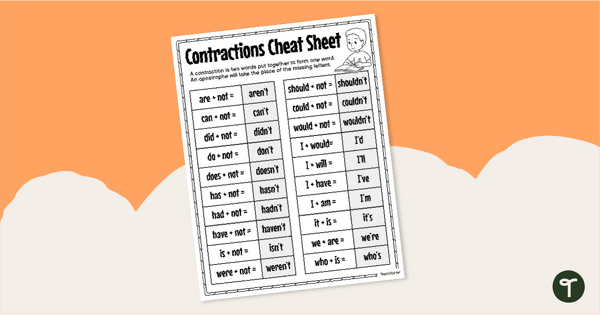
Free Contractions Student Reference Sheet
Help students remember the different contractions with this contraction student reference sheet.
- Plus Plan
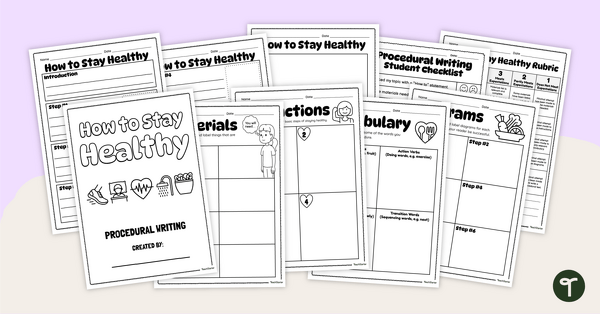
How to Stay Healthy – Procedural Writing Project
Get your students writing high-quality procedure texts with this fun “How to Stay Healthy” procedural writing project.
- Plus Plan
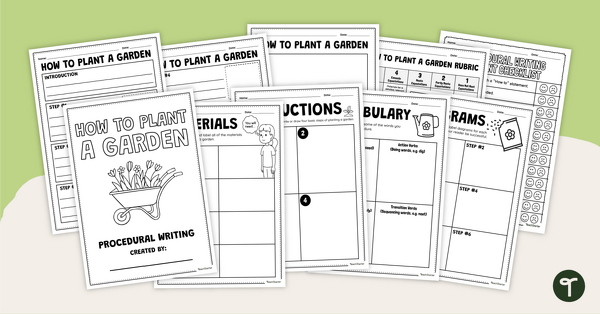
How to Plant a Garden – Procedural Writing Project
Get your students writing high-quality procedure texts with this fun “How to Plant a Garden” procedural writing project.
- Plus Plan
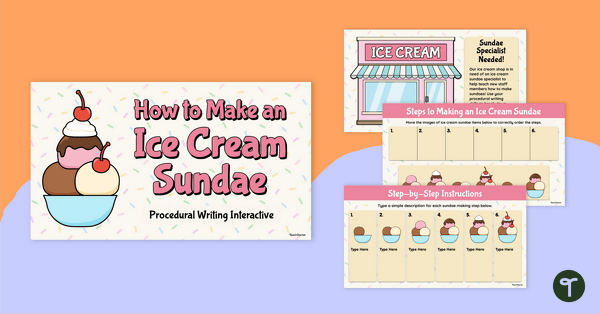
How to Make an Ice Cream Sundae Interactive Activity
Use this “How to Make an Ice Cream Sundae” procedural writing interactive activity to model the purpose, structural elements and language features of procedure texts.
- Free Plan
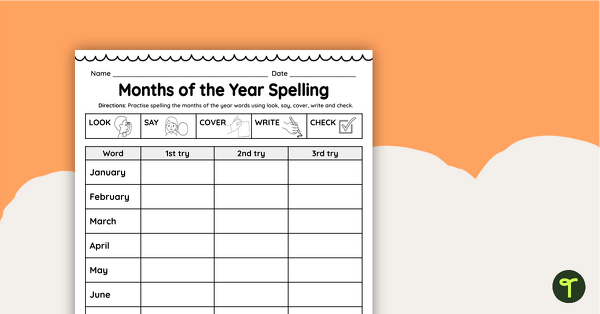
Months of the Year Spelling Worksheet
Help your students learn to spell the months of the year with a printable spelling homework sheet.
- Plus Plan
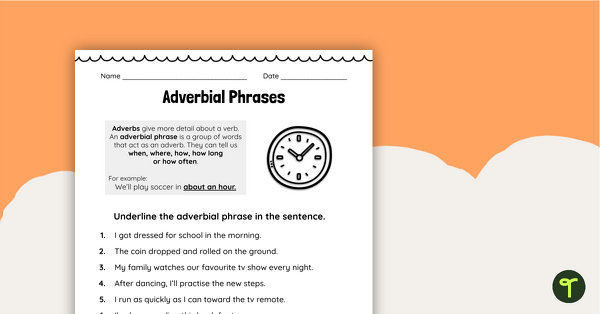
Find the Adverbial Phrases Worksheet
Use this simple yet effective adverbs worksheet to assess students’ ability to identify adverb groups (adverbial phrases) in sentences.
- Plus Plan

Adverbial Phrases Comprehension Task: The Secret Garden
Help your students identify adverb groups in descriptive writing with this comprehension worksheet.
- Plus Plan

Adverbs and Adjectives Interactive Activity
Share this interactive drag-and-drop activity with your students to allow them to practise the correct use of adverbs and adjectives in the English language.
- Plus Plan
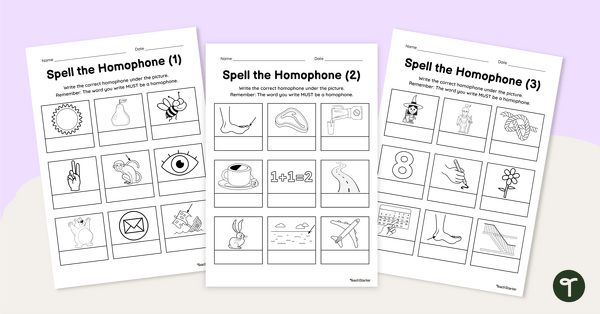
Spell the Homophone Worksheets
Get your students spelling homophones correctly with this set of differentiated worksheets for your vocabulary lessons.
- Plus Plan
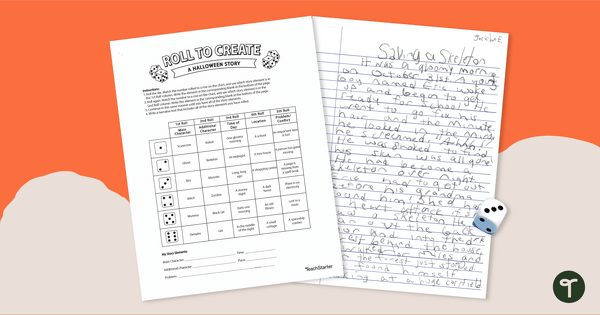
Roll-a-Scary Story Starter - Halloween Writing Prompt
Inspire some spooktacular Halloween writing with a roll-to-create Halloween Writing Prompt creator.
- Plus Plan

Types of Adverbs Teaching Slides
Explore five types of adverbs in this action-packed adverb adventure teaching slide deck! This resource covers adverbs of time, place, manner, frequency and degree.
- Plus Plan
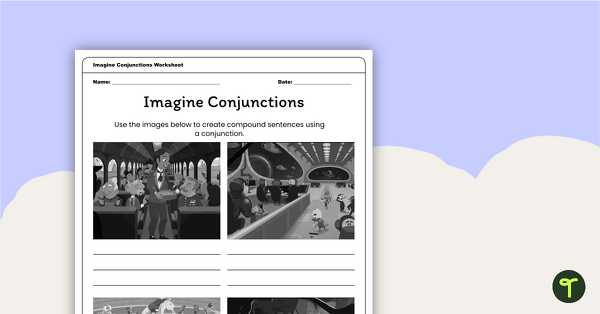
Imagine Conjunctions Worksheet
Spark students' creativity with this conjunctions worksheet containing four images to prompt students to write compound sentences.
- Plus Plan
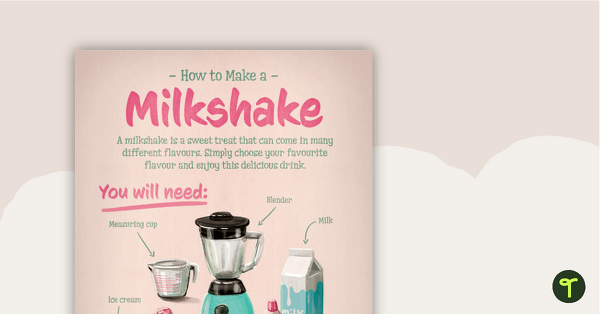
How to Make a Milkshake – Procedural Writing Worksheet
Explore how to make a milkshake while your students fine-tune their procedural writing skills.
- Plus Plan
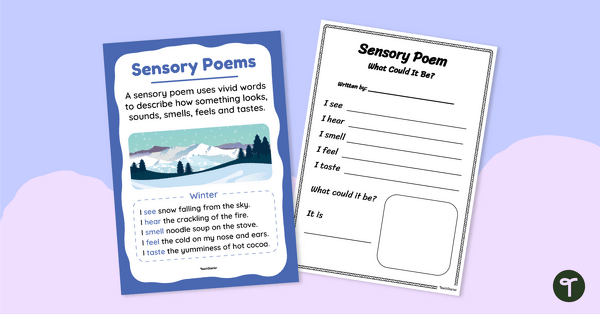
Sensory Poems Poster and Template
Use this sensory poem example and accompanying template to teach your students how to write a sensory poem.
- Plus Plan
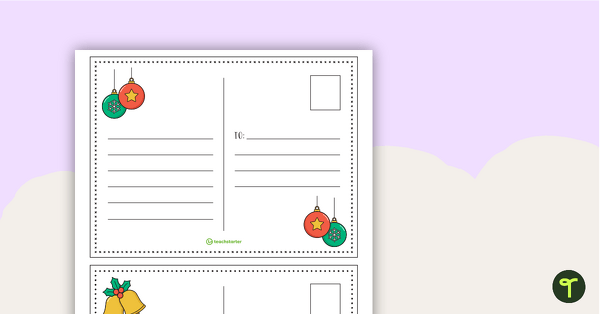
Christmas Postcard Templates
4 Christmas themed postcard templates that can be used to explore postcard writing or as a simple alternative to Christmas cards.
- Free Plan
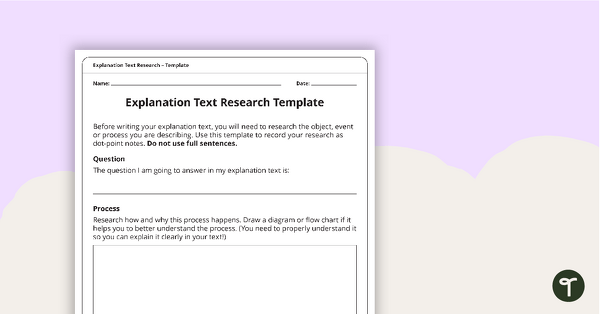
Explanation Text Research Template
A research template for students to use when writing an explanation text.
- Plus Plan
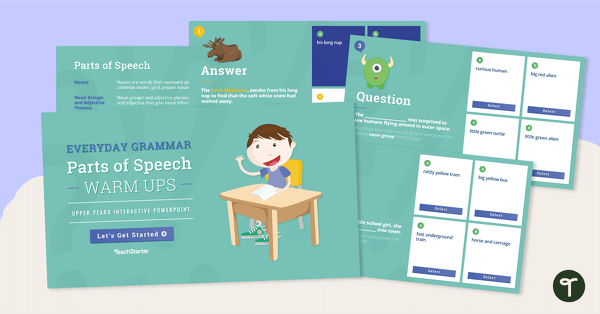
Everyday Grammar Parts of Speech Warm Ups - Upper Years Interactive PowerPoint
Learn and consolidate noun groups, adjectival phrases, adverbial phrases and more with this 44-slide interactive PowerPoint.
- Writing Worksheets
- Writing Templates
- Writing Games
- Writing Posters
- Writing Teaching Presentations
- Writing Labels, Signs & Decorations
- Writing Word Walls
- Writing Projects
- Writing for Preschool/Kindergarten
- Writing for Foundation Year
- Writing for Year 1
- Writing for Year 2
- Writing for Year 3
- Writing for Year 4
- Writing for Year 5
- Writing for Year 6
- Writing for Year 7